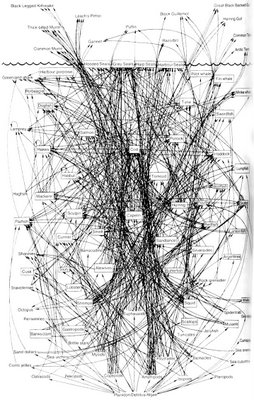Wikipedia is becoming an icon. Ever more people are referring to it.
I use it a lot too. It's a great idea having just anyone posting a topic
describing and explaining what it is.
Even more amazing is that anyone can edit, delete or overwrite an existing entry.
Jimmy "Jimbo" Wales, co-founder of Wikipedia and current president of the Wikimedia Foundation called it "availability of the sum of human knowledge to everyone on Earth for free" at least that's the ultimate dream.
It's a true group effort. And as we know the group knows best. I indeed find excellent information at wikipedia. But as most successes it has it's downside too.
In a world of spammers and hackers it's hard to believe that such an open and co-operative playground will be an ongoing success.
Is this true for wikipedia ?
Recent incidents show that the true spirit, open to anyone, neutral and good information, is been violated. Why is that ? because one of the things Jimbo didn't really expect was the oncoming massive tidal wave of legality, legal threats and attacks.
Wikipedia has three events in the past year and a half that has totally changed the atmosphere of Wikipedia.
Jason Scott held a presentation/speech at Notacon 3, April 8, 2006 on the subject.
Jason Scott is somebody who has publish on
his blog his criticisms before and maintains a site called
textfiles.comI still respect the idea and success of wikipedia, but Jason has a point.
I think we should listen. Read Jason's speech
transcript or listen to
the audio file.




